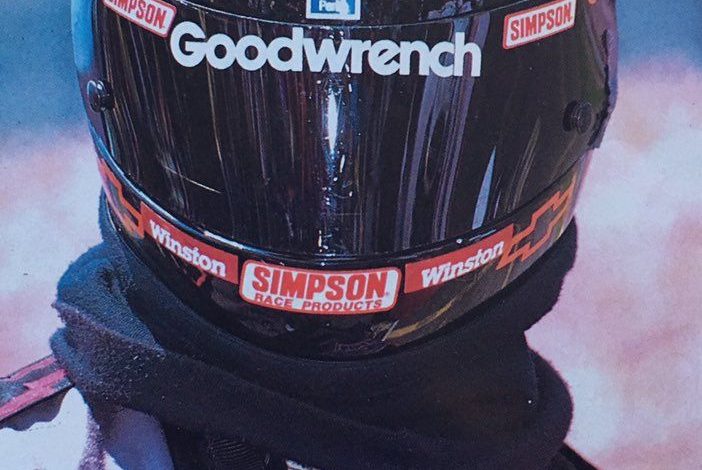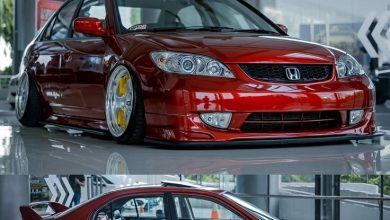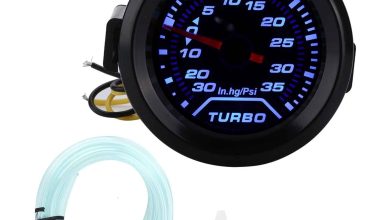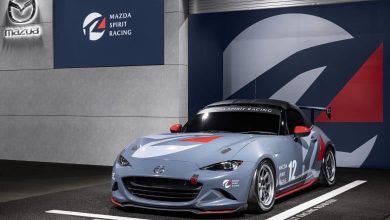Vintage Auto Racing Helmets: Timeless Icons of Motorsport Safety and Style

Few objects capture the spirit of racing’s golden age like vintage auto racing helmets. These beautifully crafted pieces represent more than just safety equipment – they’re wearable artifacts that tell the story of motorsport’s evolution. From the early days of leather “pudding basin” designs to the revolutionary full-face helmets of the 1970s, vintage auto racing helmets showcase the perfect marriage of function and nostalgia that continues to captivate collectors and enthusiasts today.
The Evolution of Racing Helmet Design
1920s-1940s: The Birth of Protection
- Simple leather caps with minimal padding
- Goggles secured with elastic straps
- Often custom-fitted by local saddlemakers
- Famous wearers: Tazio Nuvolari, Rudolf Caracciola
1950s: The Jet Age Influence
- Introduction of fiberglass shells
- Distinctive “egg-shaped” profiles
- First use of quick-release chin straps
- Iconic designs: Bell 500, Simpson Bandit
1960s-1970s: The Safety Revolution
- Advent of full-face protection
- Flame-retardant materials
- Improved ventilation systems
- Legendary models: Bell Star, Arai RX-7
Collecting Vintage Racing Helmets Today
The market for vintage auto racing helmets has never been stronger, with several factors driving collector interest:
- Historical Significance: Helmets worn by famous drivers command premium prices
- Artistic Value: Hand-painted designs by legendary artists like Sid Mosca
- Rarity: Many early helmets were custom-made in limited quantities
- Investment Potential: Prices have increased 300-500% over the past decade
Iconic Vintage Helmet Designs
- Graham Hill’s Blue “Crown” Helmet (1960s)
- Dan Gurney’s White “Eagle” Design (1967)
- Jackie Stewart’s Tartan-Top Bell (1971)
- Niki Lauda’s Early Red Helmet (pre-1976 crash)
Preservation and Authentication
Maintaining vintage auto racing helmets requires special care:
- Storage: Climate-controlled environments prevent material degradation
- Cleaning: Gentle, non-abrasive methods preserve original finishes
- Documentation: Provenance is crucial for authentication
- Restoration: Only experts should handle significant repairs
Modern Homages to Classic Designs
Contemporary helmet manufacturers frequently draw inspiration from vintage auto racing helmets:
- Replica Models: Companies like Bell offer modern versions of classic helmets
- Custom Painters: Artists specialize in recreating historic liveries
The Cultural Impact of Vintage Helmets
Beyond their practical use, vintage auto racing helmets have become:
- Museum Pieces: Displayed at motorsport halls of fame worldwide
- Art Objects: Featured in gallery exhibitions
- Fashion Influences: Inspiring designs in streetwear and accessories
- Film Props: Used in period racing movies for authenticity
Where to Find Vintage Helmets
Serious collectors source vintage auto racing helmets through:
- Auction Houses: RM Sotheby’s, Bonhams Motorsport
- Specialty Dealers: Professional helmet restoration services
- Racing Memorabilia Shows: Events like the Amelia Island Concours
- Private Collections: Networking within motorsport communities
The Future of Vintage Collecting
As motorsport history gains wider appreciation:
- Digital Authentication: Blockchain technology for provenance tracking
- 3D Scanning: Creating perfect digital archives of rare pieces
- Virtual Museums: Online exhibitions of significant collections
- New Generations: Younger collectors entering the market
Wearable History
Vintage auto racing helmets represent more than just protective gear – they’re tangible connections to racing’s most thrilling eras. Each scratch, paint stroke, and custom modification tells a story of speed, danger, and innovation. For collectors, wearing or displaying these helmets isn’t just about nostalgia; it’s about preserving and honoring the courageous drivers who pushed motorsport forward.
Whether you’re a serious collector, racing historian, or simply appreciate beautiful objects with fascinating stories, vintage auto racing helmets offer a unique way to connect with motorsport’s rich heritage. As these artifacts continue to appreciate in value and significance, they remind us that in racing, as in life, true style never goes out of fashion.




